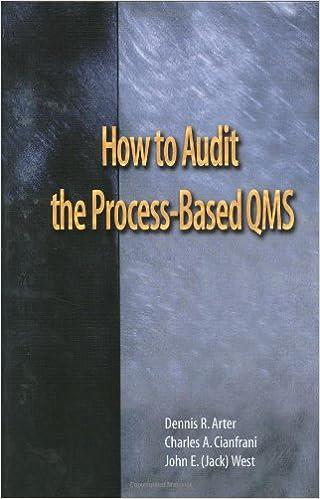Answered step by step
Verified Expert Solution
Question
1 Approved Answer
Scot and Vidia, married taxpayers, earn $184,000 in taxable income and $5,000 in interest from an investment in City of Tampa bonds. (Use the U.S.
Scot and Vidia, married taxpayers, earn $184,000 in taxable income and $5,000 in interest from an investment in City of Tampa bonds. (Use the U.S. tax rate schedule for married filing jointly). (Do not round intermediate calculations. Round your answer to 2 decimal places.)
a. If Scot and Vidia earn an additional $81,250 of taxable income, what is their marginal tax rate on this income?
b. How would your answer differ if they, instead, had $81,250 of additional deductions?

Step by Step Solution
There are 3 Steps involved in it
Step: 1

Get Instant Access to Expert-Tailored Solutions
See step-by-step solutions with expert insights and AI powered tools for academic success
Step: 2

Step: 3

Ace Your Homework with AI
Get the answers you need in no time with our AI-driven, step-by-step assistance
Get Started


